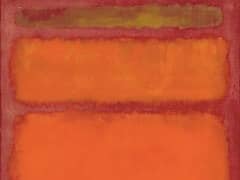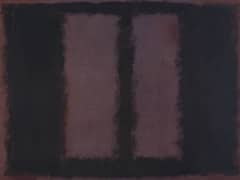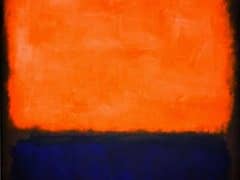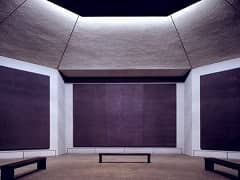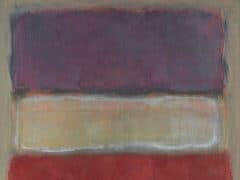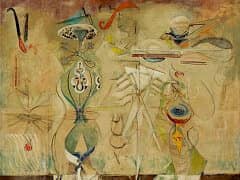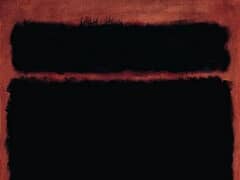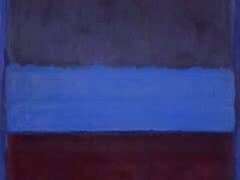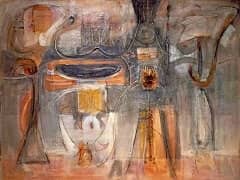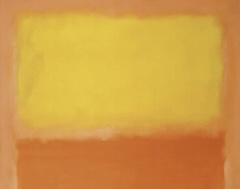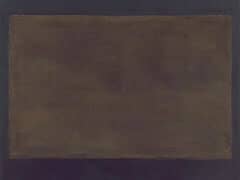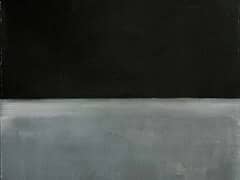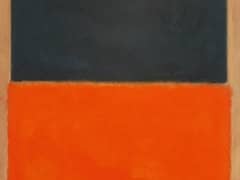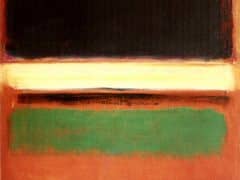Red, Black, White on Yellow, 1955 by Mark Rothko
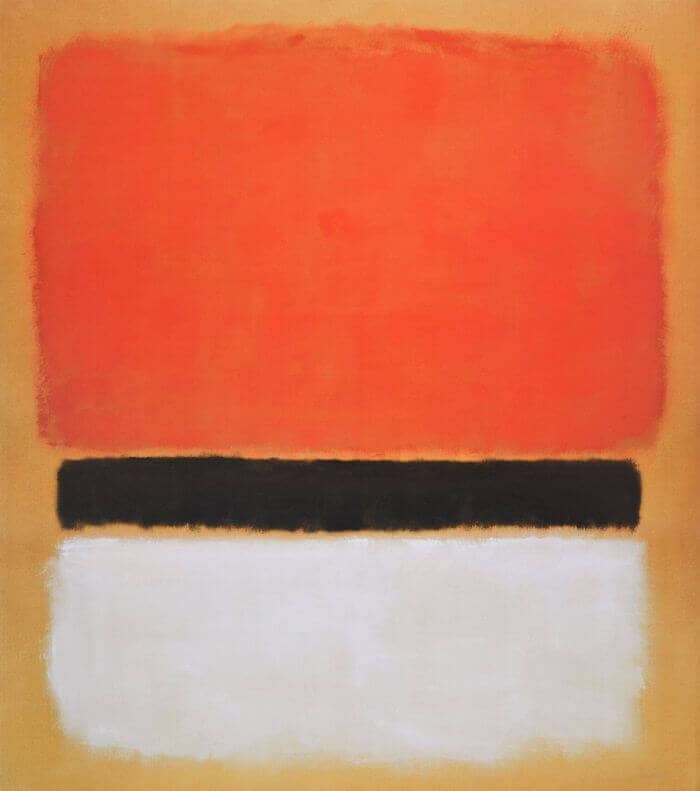
Rothko liked to claim for his painting aesthetic qualities which cannot be seen in the work. He could talk a blue steak about "drama," for instance. He loved Aeschylus' tragedies and Nietzsche's conception of the origin of tragedy, and because the act of painting put high drama in his life, he insisted that people see his paintings, including the black paintings, as dramatic. And some of them can be dramatic, of course, in the colloquial sense of "exciting." But true drama is a narrative structure involving the reversal of fortune, or at least some sense that this reversal has happened or can happen, and though drama is possible in an abstract painting, it requires specific elements. In a canvas by Pablo Picasso or Jackson Pollock, for instance, a play of forms is set in motion across the picture plane, and as in a jazz improvisation, we perceive the peril of failure, a collapse of integration, in the evolving dynamic and are thrilled when the composition is particularly successful.
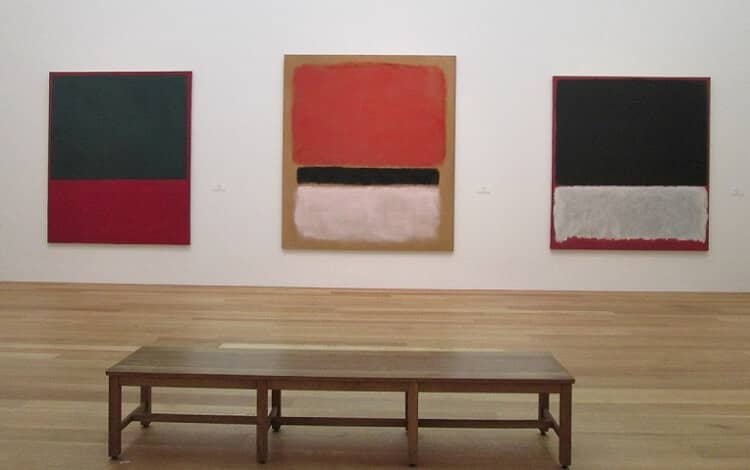
It is practically impossible to create a sense of drama in a painting with no such forms and no strong diagonals, or at least no stepwise elements suggesting diagonal motion, and in fact Mark Rothko's work, like that of his colleagues Barnett Newman and Willem de Kooning, is among the most static ever created. That does not mean that Rothko painted poorly - for a while he painted as beautifully as anyone in New York - but his images are essentially contemplative and unitary, devoid of the narrative undertone he craved. His talk about drama was another example of that familiar phenomenon, the artist's defensive smokescreen. It supplied the very quality he had been obliged to forfeit. His patter, as Logan suggests, was merely one riff, one litany, in the universal postwar existentialist bull session. That doesn't mean it's unworthy of study, but it has to be suitably filtered.

